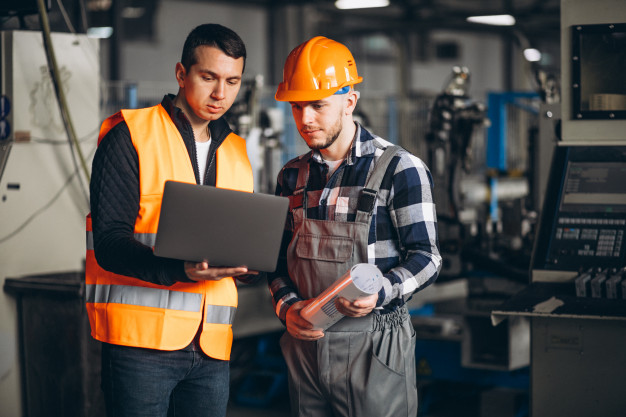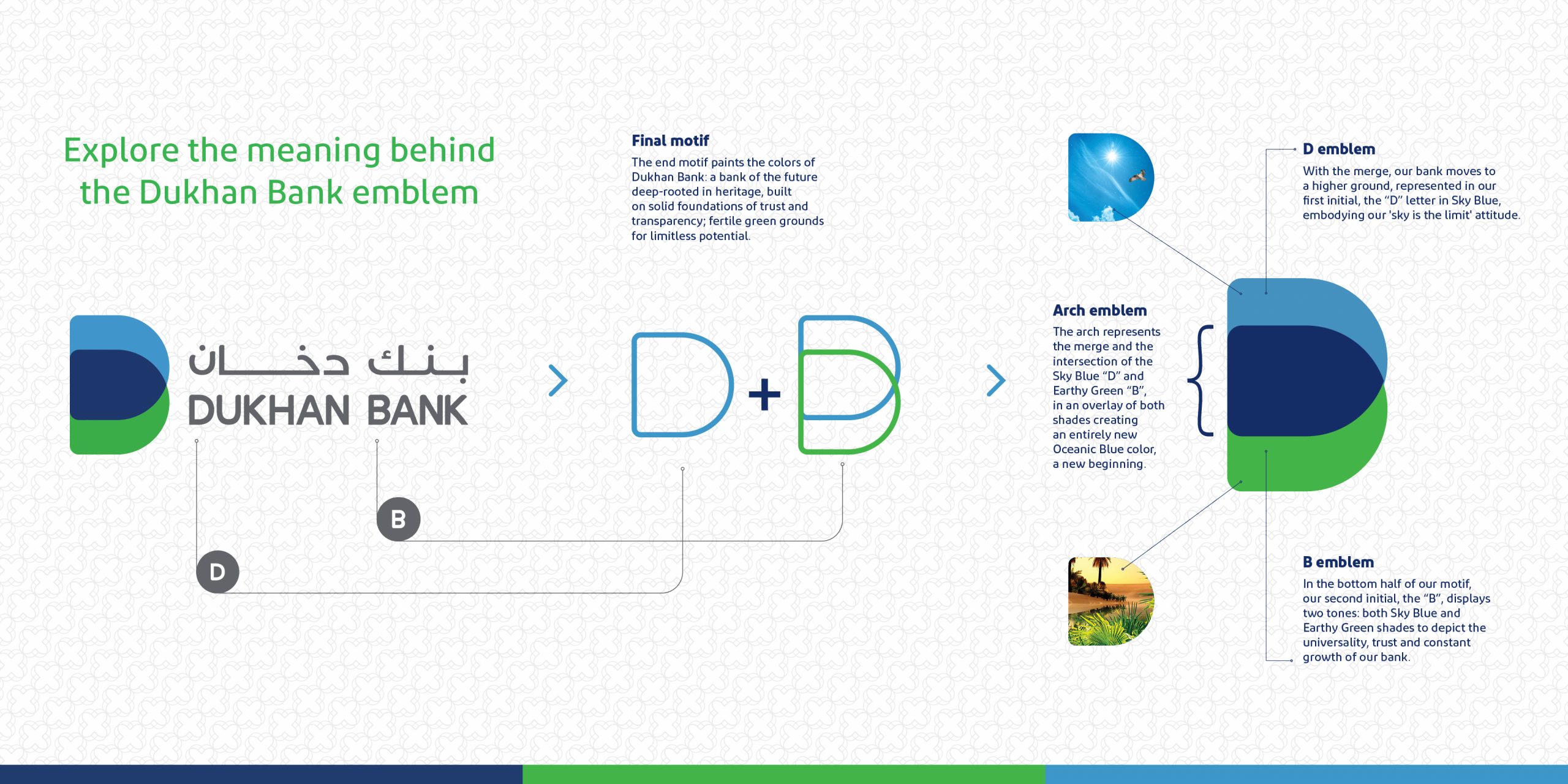Technically an aluminium-air fuel cell, the idea is that these can be swapped out at supermarkets and recycled when spent.
With the global environmental movement highlighting the growing pollution problem of our transport choices, it’s no wonder that more and more people are ditching fossil fuels for an electric ride.
The first electric vehicle was developed way back in the 1830s, but we’ve only just started to see EVs with ranges and charge times that are good enough to compete with their petrol-powered counterparts. That being said, even the best electric cars on the market are still struggling to punch much above the 350-mile range and typically have to be charged for several hours overnight.
Now, after more than a decade of fighting resistance from the automotive industry, one British inventor hopes to change that. The former naval engineer turned entrepreneur, Trevor Jackson, has developed a ‘swappable’ electric car battery that lasts for 1,500 miles.

Source: adaptnetwork.com
Last Friday, as reported by the Daily Mail, Jackson signed a multi-million-pound-deal to start manufacturing the battery at scale. Austin Electric, a UK-based engineering firm which now owns the rights to use the old Austin Motor Company logo, will begin putting thousands of them into electric vehicles next year.
“It can help trigger the next industrial revolution,” said the company’s chief executive, Danny Corcoran. “The advantages over traditional electric vehicle batteries are enormous.”
Aluminium-air electric car battery
Jackson began looking at alternative, eco-friendly ways to power vehicles while working for BAE Systems. He founded his own firm, Métalectrique Technology, in 2001 when he began to investigate the potential of aluminium-air batteries for use in electric cars. The below video shows Jackson discussing the technology in a BBC interview a few years ago.
The technology was first developed in the 1960s; scientists discovered that by dipping aluminium into an electrolyte, they could trigger a reaction between the metal and oxygen to produce electricity. At that time the method was not suitable for commercial batteries because it required 100% pure aluminium and the electrolyte used was extremely poisonous and caustic.
After years of experimentation, Jackson’s eureka moment came when he developed a new formula for the electrolyte that works with much lower-purity aluminium—including recycled drinks cans. Additionally, the electrolyte is neither poisonous nor caustic.
“I’ve drunk it when demonstrating it to investors, so I can attest to the fact that it’s harmless,” Jackson said.
Currently, the automotive industry has invested heavily in lithium-ion battery technology to power consumer EVs. While there have been efficiency and charge-cycle improvements, with repeated charging, they eventually become spent. Recycling them to recover the cobalt and lithium is extremely expensive—about five times as much as the cost of disposing them and starting from scratch.
Technically, the technology developed by Jackson should be described as a fuel cell, not a battery, because the aluminium is broken down to release energy. Aluminium, however, is the planet’s most abundant metal and once an aluminium-air fuel cell is spent, it can be recycled very cheaply.
1500 miles from a single fuel cell
Accredited tests have shown that, weight for weight, Jackson’s fuel cell produces nine times as much energy as lithium-ion. Jackson claims that if Tesla flagship model (the Model S) was fitted with an aluminium-air fuel cell that was the same size as its current battery, it could run non-stop for 1,500 miles—almost enough to get from Land’s End to John O’Groats and back again.
Instead of a vast network of charging points, the idea is that drivers can swap out their fuel cells at supermarkets, just as people already swap propane gas bottles. With the current design, swapping a fuel cell takes about 90 seconds and discussions are already underway with two major supermarket chains to provide this facility.
The spent fuel cells can then be recycled into new fuel cells. An average British family—whose car will travel 7,900 miles annually—would only need to change their fuel cell a handful of times each year. According to Jackson, the cost of recycling means the running costs of an aluminium-air powered car would work out at just 7p per mile. In comparison, the cost of a small hatchback’s petrol comes to around 12p per mile.

Source: adaptnetwork.com
Electric car conversion kit
Two years ago, Jackson claims, motor manufacturers lobbied the Foreign Office to bar him from a conference for European businesses and governments at the British embassy in Paris, which was supposed to agree on a blueprint for ensuring all new cars are electric by 2040.
Thankfully the bid failed and an independent evaluation by the Government agency UK Trade and Investment said that it was a “very attractive battery” based on “well established’ technology”.
Now that he’s landed the deal with Austin, the future is looking a lot greener, as the partnership involves a number of actions to roll out in the coming months.
One of those includes plans to manufacture electric tuk-tuks for the Asian market, as well as affordable and long-lasting electric bikes.
Perhaps most significantly, though, is the announcement that the company is to introduce conversion kits to turn ordinary petrol or diesel cars into hybrids. These will cost £3,500 and will be made available from next year.
The plan is that this will be the stepping-stone to a full-blown electric vehicle powered by aluminium-air fuel cells.
Source: https://www.adaptnetwork.com/tech/aluminium-air-battery-can-power-electric-cars-for-1500-miles/
More on Technology






Leave A Comment
You must be logged in to post a comment.